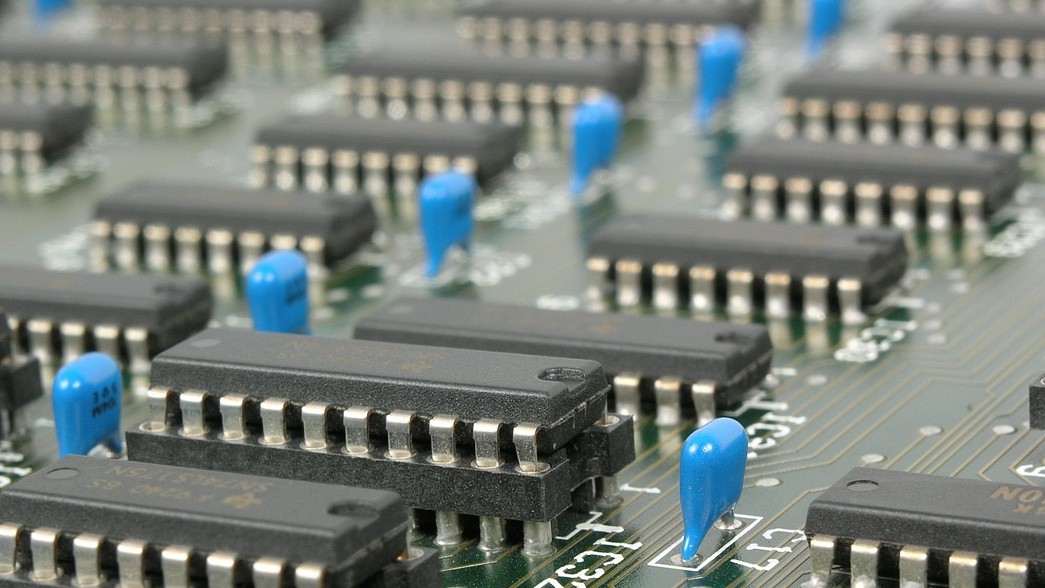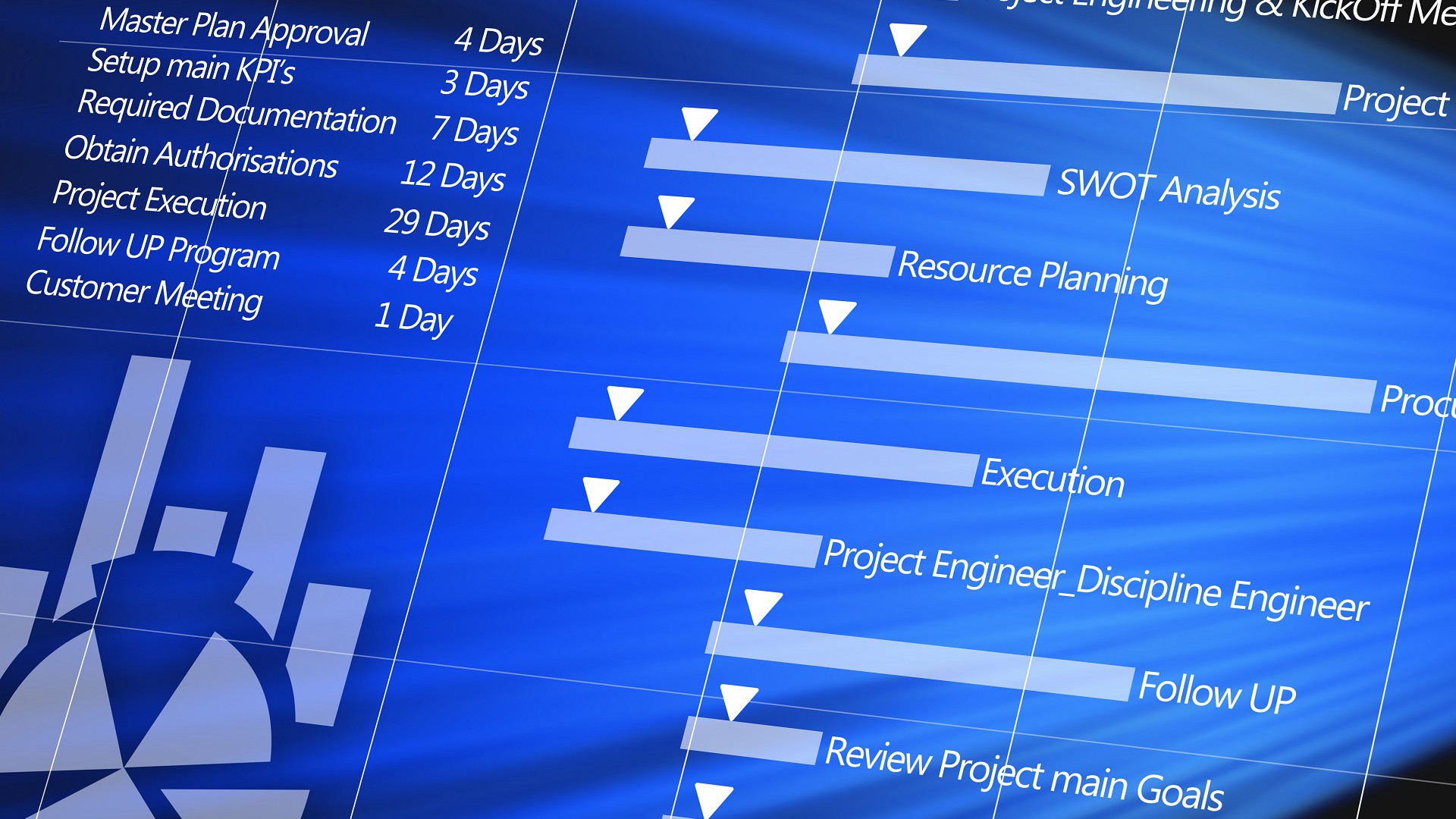The manufacturing process is always being reevaluated to discover ways to increase productivity and reduce costs. It was eventually the introduction of industrial automation that changed the way such efficiency is achieved. This came about through the use of control systems that could handle multiple machines and do a job once filled by a human employee.
In the 1970s, Programmable Logic Controllers (PLCs), were introduced for this purpose. They automated the processes, machine functions, and even entire production lines inside manufacturing plants. In the 1990s, Industrial PCs, with their increased processor speeds, smaller footprints, and lower costs, began to take on the role of industrial automation.
Today, advancements in both pieces of technology have earned each device a place in the industry. While both are popular for automation, it’s easy to wonder at their individual capabilities and argue a case for the superior controller.
Key Feature Similarities and Differences
Article Guide
Operation
A PLC operates by continuously monitoring the inputs it receives from other devices and then making “decisions” about how to respond to those inputs according to its programming. This is all powered by an operating system (OS) designed strictly for such control tasks. While this strict OS design limits the functionality of a PLC, their singular purpose also means they can do without antivirus software and registry cleaners. All of their operation tasks can then be dedicated to the control operations.
Industrial PCs perform the same control tasks, but their operating systems allow them to run programs and applications that PLCs cannot. This means that the device can be utilized for more than just control purposes which capitalizes on situations of limited space. Their additional capabilities can make them susceptible to cyberattacks, but modern firewalls and cybersecurity methods make this an easily surmountable factor.
Build
In terms of their builds, both are designed to operate in harsh, industrial conditions like factory floors. Keep in mind we are not comparing a PLC to the average consumer PC. Industrial grade PCs are:
- IEC60068 certified – to withstand shock and vibration
- Fanless – to eliminate problems with particles getting lodged in the system
- Rated for extreme temperatures
- Customizable – to operate with modern and legacy equipment
In this arena, the two devices are quite well matched. The only potential difference is in their physical size. PLCs can be fairly bulky and not all of them can be mounted. For many PLCs, mounting can actually obstruct the heat dissipation capacity and can result in the system overheating. Industrial computers, on the other hand, rarely encounter this problem and are compatible with both din rail and rack mount options.
Sonny’s Carwash is a great example of how the build of industrial PCs easily competes with that of a PLC. At Sonny’s, the unit can survive an Arizona summer and a Minneapolis winter while still controlling the car wash’s activities from a small, humid closet space.
Programming
Another key difference is in the programming of each device. How can a person control the controlling device? Although the terms PC and PLC are often interchanged when talking about programmable controllers, they function a bit differently.
A PLC’s software logic uses a very specific programming language that requires special training to learn, understand, and to alter the commands. You would essentially need an expert on hand any time you want to set up or change a PLC’s programming. PCs run on the familiar Windows operating system so they are much easier to manipulate and knowledge of their programming language is more widely known. They can also interface with more machinery types because they can accommodate flexible programming languages like C++.
Expansion Capabilities
Nearly all PLCs have various COM ports alongside other I/O capabilities. This allows them to communicate with other PLCs, to connect to HMI panels, and to handle both digital and analog I/O. However, there is a lower threshold than there is for industrial PCs in the amount of I/O they can handle and the amount of logic that can be installed. This can be a limitation in terms of their ability to interface with certain equipment.
Industrial PCs also feature numerous COM ports and have LAN, USB, and HDMI ports as well. They can also accept expansion slots to maximize their versatility. They have the upper hand in the expansion arena because of their ability to perform tasks and run programs that a PLC couldn’t. For example, it’s possible to run an HMI application on the industrial computer itself, unlike a PLC which would need to be connected to something that could run the HMI application before it can project anything usable to a monitor or panel.
Processing Power and Storage
PLCs can be very powerful controllers especially if they are connected to additional PLCs. They can handle high-speed I/O and can easily tackle smaller automation projects. If your application scenario isn’t too grand, a PLC is an appropriate choice. Industrial PCs have greater processing ability and more storage than standard PLCs. This allows them to handle larger control processes like robust packaging lines and to collaborate with graphical applications.
KDF Electronics is a good comparison that showcases how the different devices would be utilized in the same job. The company swapped their existing VME based computers for industrial PCs in order to control their coating machines. Their equipment didn’t require an extremely powerful processor, but RAM was among the deciding factors because they needed to run graphical applications as part of their process. Had they elected to utilize a PLC for this purpose, they would have had to install a supplementary unit to keep up with the demands of their systems.
Final Thoughts on the Industrial PC vs. PLC
Selecting a programmable controller comes down to your application choices. Both units are capable of effectively managing automation tasks in an industrial setting, but PLCs perform a strict set of functions while industrial PCs can be more versatile.
PLCs are a strong choice in terms of cybersecurity because they don’t usually have wireless connectivity and are more secure as a result. PCs can be just as secure because having cybersecurity measures is a standard for today’s modern factories. An industrial PC could fit right in without additional changes to your network or security protocols.
Sometimes, factories will use both types of units in their operations. The applications really come down to a company’s individual needs and what they are looking to accomplish with devices like these.
If your organization would like to implement programmable controllers in your manufacturing processes, or further explore the best device for your use case scenario, contact the team at Cybernet to discuss which of our rugged industrial computers are best suited for your needs.
Types of Industrial PCs Used in Industrial Automation
February 10, 2017
The industrial sector is increasingly experiencing the impact of the Industry 4.0 concept. Whether you are looking to optimize the workflow, increase production or savings in maintenance, or explore new automation…
0 Comments8 Minutes
How ERP Software is Changing Industrial PC Demands
December 18, 2017
Enterprise Resource Planning (ERP) software is a product that operates on several different business operational levels to streamline and unify processes such as project management, accounting, manufacturing, customer…
0 Comments6 Minutes
You Can't
Learn from a Pop-up
But we can deliver knowledge to your inbox!
We dive deep in the industry looking for new trends, technology, news, and updates. We're happy to share them with you.
Knowledge, News, and Industry Updates Right in Your Inbox




